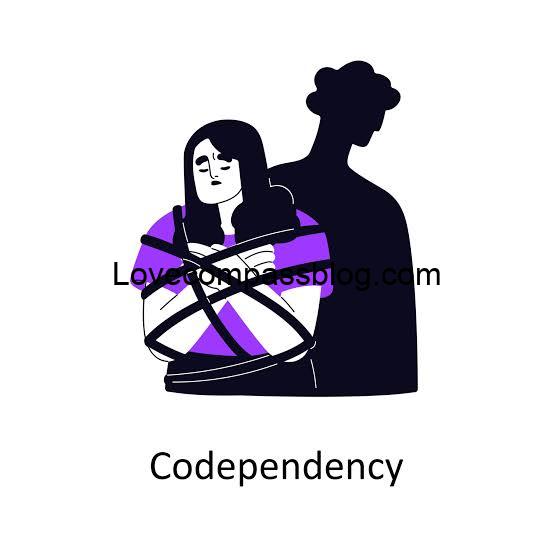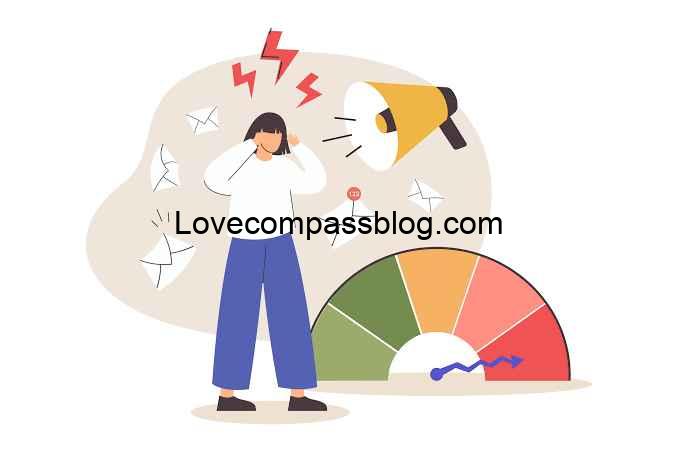Taking a Break and Mental Health Considerations: An In-Depth Guide
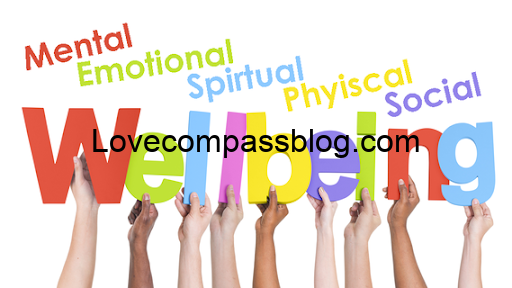
In the rush of daily life, taking breaks often seems like an afterthought, yet they are fundamental to maintaining overall well-being. Breaks offer an essential pause in our hectic routines, providing the time needed to recharge mentally, physically, and emotionally. Whether in the context of work, relationships, or personal life, knowing when and how to step back can make a significant difference in how we manage stress and maintain balance.
The Need for a Break
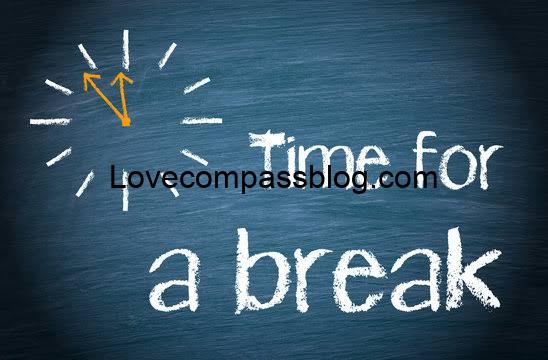
Signs You Need a Break
Identifying the need for a break requires paying close attention to the signals your body and mind send. Physical signs of needing a break include persistent tiredness, frequent headaches, and a noticeable decline in concentration and productivity. These symptoms often accompany mental indicators such as increased irritability, anxiety, and a sense of being overwhelmed. Emotional fatigue, which manifests as a loss of enthusiasm for activities you usually enjoy, is another critical sign that a break is overdue. Recognizing these signs early is crucial to preventing more severe outcomes, such as chronic stress or burnout.
Psychological and Emotional Breaks
Mental and emotional health is often the first to suffer when we push ourselves too hard. A psychological or emotional break involves stepping away from stressors to focus on your mental well-being. This could mean taking a day off work, distancing yourself from social media, or spending time on activities that help you relax and reset. Such breaks are not just beneficial but necessary to prevent emotional exhaustion and to ensure that you can manage stress effectively. Regular breaks help in maintaining mental clarity, reducing stress levels, and boosting overall happiness.
Break Time Considerations in Different Contexts

Benefits of Taking a Work Break
Work-related stress is a common issue that, if left unchecked, can lead to significant health problems. Taking regular breaks during work hours is essential for maintaining productivity and mental clarity. Research consistently shows that brief, frequent breaks help to sustain focus and creativity, while also reducing the likelihood of errors and poor decision-making. Breaks allow your brain to reset, which not only improves your mood but also enhances your ability to tackle tasks efficiently. Moreover, work breaks help prevent the accumulation of stress, reducing the risk of long-term mental health issues like anxiety and depression.
Break Time Strategies
To get the most out of work breaks, it’s important to plan them effectively. The Pomodoro Technique, which involves working for 25 minutes followed by a 5-minute break, is one popular method that can help maintain focus while providing regular opportunities to rest. Other strategies might include taking longer breaks, such as a lunch break away from your desk or a brief walk outside, which can help refresh your mind and body. The key is to find a rhythm that suits your work style and ensures that breaks are seen as an integral part of your productivity strategy, not an interruption.
Taking a Break in a Relationship
When tensions rise in a relationship, taking a break can sometimes offer the space needed to gain perspective. However, what taking a break means can vary widely depending on the individuals involved. For some, it might mean a temporary separation to reflect on the relationship’s future; for others, it could signal a step toward ending the relationship. The essential element here is clear communication. Both partners need to understand and agree on what the break entails—whether it’s a complete disconnection or a more defined pause with specific rules in place.
Relationship Break Rules
Establishing clear rules during a relationship break is crucial for preventing misunderstandings and hurt feelings. This includes agreeing on the duration of the break, the level of contact during this time, and any boundaries regarding interactions with other people. It’s important for both partners to have a clear understanding of what the break is intended to achieve. By setting these rules, you can create a structure that allows both parties to reflect on the relationship without causing additional emotional strain.
Can Taking a Break Save a Relationship?
Taking a break can sometimes help save a relationship, especially when both partners need space to address individual issues. During the break, the time apart can provide clarity on whether the relationship is worth continuing or if it’s time to move on. However, the outcome depends on the reasons for the break and how well the rules and intentions are communicated and respected. If the break is used constructively, it can lead to a stronger relationship where both partners have had the opportunity to grow individually and together.
Implementing Breaks for Better Well-being

When to Take a Rest
Knowing when to take a break is just as important as taking the break itself. In a work environment, this might mean stepping away after completing a major project or during periods of high stress. In your personal life, it could mean taking a break when you notice signs of emotional or physical exhaustion. The goal is to act before reaching a breaking point, using breaks as preventive measures that allow you to recharge and return with renewed energy. This proactive approach can help you avoid burnout and maintain a balanced, healthy lifestyle.
Taking a Mental Health Day
A mental health day is a dedicated time off to focus solely on your mental well-being. Unlike a regular day off, a mental health day is specifically intended to address stress, anxiety, or other mental health issues that might be affecting your overall well-being. This day can involve relaxing at home, spending time in nature, or engaging in activities that you find soothing and restorative. The purpose is to give your mind the space it needs to recover, allowing you to return to your responsibilities with a clearer, more focused mindset.
Recharging Strategies
When taking a break, especially a longer one, it’s important to engage in activities that genuinely help you recharge. This could include physical activities like yoga or hiking, which benefit both your body and mind, or more reflective activities like journaling, which can help you process emotions and thoughts. Creative hobbies such as painting, music, or cooking can also provide a meaningful outlet for stress and anxiety. The key is to choose activities that you enjoy and that bring you a sense of peace and fulfillment. By focusing on these, you ensure that your break is truly restorative.
The Science Behind Breaks
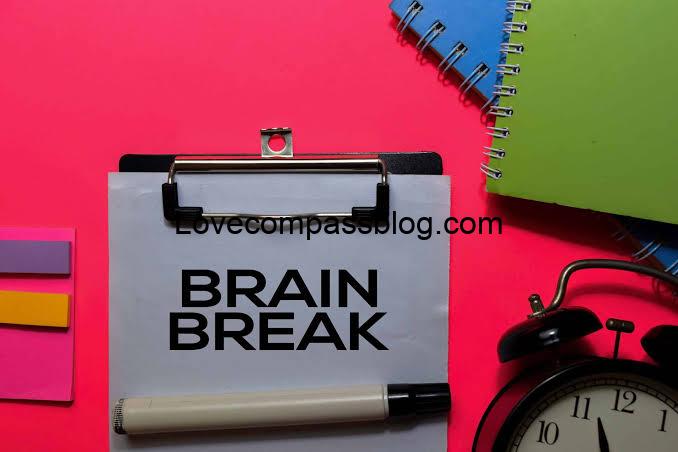
Physical and Mental Rest
The benefits of taking breaks are well-supported by science. Physical rest is crucial for allowing muscles to recover, especially if your work involves physical labor. Regular breaks help prevent injuries and reduce the risk of chronic pain. Mentally, breaks are equally important as they allow the brain to process information, consolidate memories, and restore cognitive function. Continuous work without breaks can lead to decision fatigue, where prolonged periods of concentration result in diminished decision-making abilities. By incorporating regular breaks into your routine, you can maintain mental sharpness and prevent burnout.
Impact of Breaks on Productivity
Taking regular breaks has been shown to enhance productivity. When you take a break, especially after a long period of intense focus, your brain has the chance to reset, making it easier to concentrate and make better decisions once you return to work. Studies have shown that people who take regular breaks are more productive than those who push through without stopping. Breaks also help in maintaining a higher quality of work, as they reduce the likelihood of mistakes caused by mental fatigue. Therefore, rather than seeing breaks as time wasted, they should be viewed as an investment in your long-term productivity.
Personalizing Your Breaks

Tailoring Breaks to Individual Needs
Not all breaks are created equal, and what works for one person might not work for another. Some people find that short, frequent breaks throughout the day help them stay focused, while others might prefer longer, less frequent pauses to reset. The key is to listen to your body and mind, identifying the type of break that best suits your needs. For instance, if you have a highly demanding job, you might need more frequent mental health days to manage stress. Alternatively, if your job is physically taxing, longer periods of rest might be necessary to allow your body to recover fully.
Healthy Work-Life Boundaries
Creating and maintaining healthy work-life boundaries is essential to ensuring that you take breaks regularly. This involves setting clear limits on your work hours and making sure that your personal time is protected. For example, you might decide not to check work emails after a certain time in the evening or dedicate your weekends to activities that have nothing to do with work. By establishing these boundaries, you create a routine that includes regular breaks, helping you to maintain a healthy balance between work and personal life. This balance is key to preventing burnout and ensuring long-term well-being.
Conclusion
Taking breaks, whether in work or personal life, is not just a luxury—it’s a necessary part of maintaining your overall well-being. By recognizing when to take a break and implementing effective strategies, you can stay balanced, productive, and healthy in all aspects of life.


